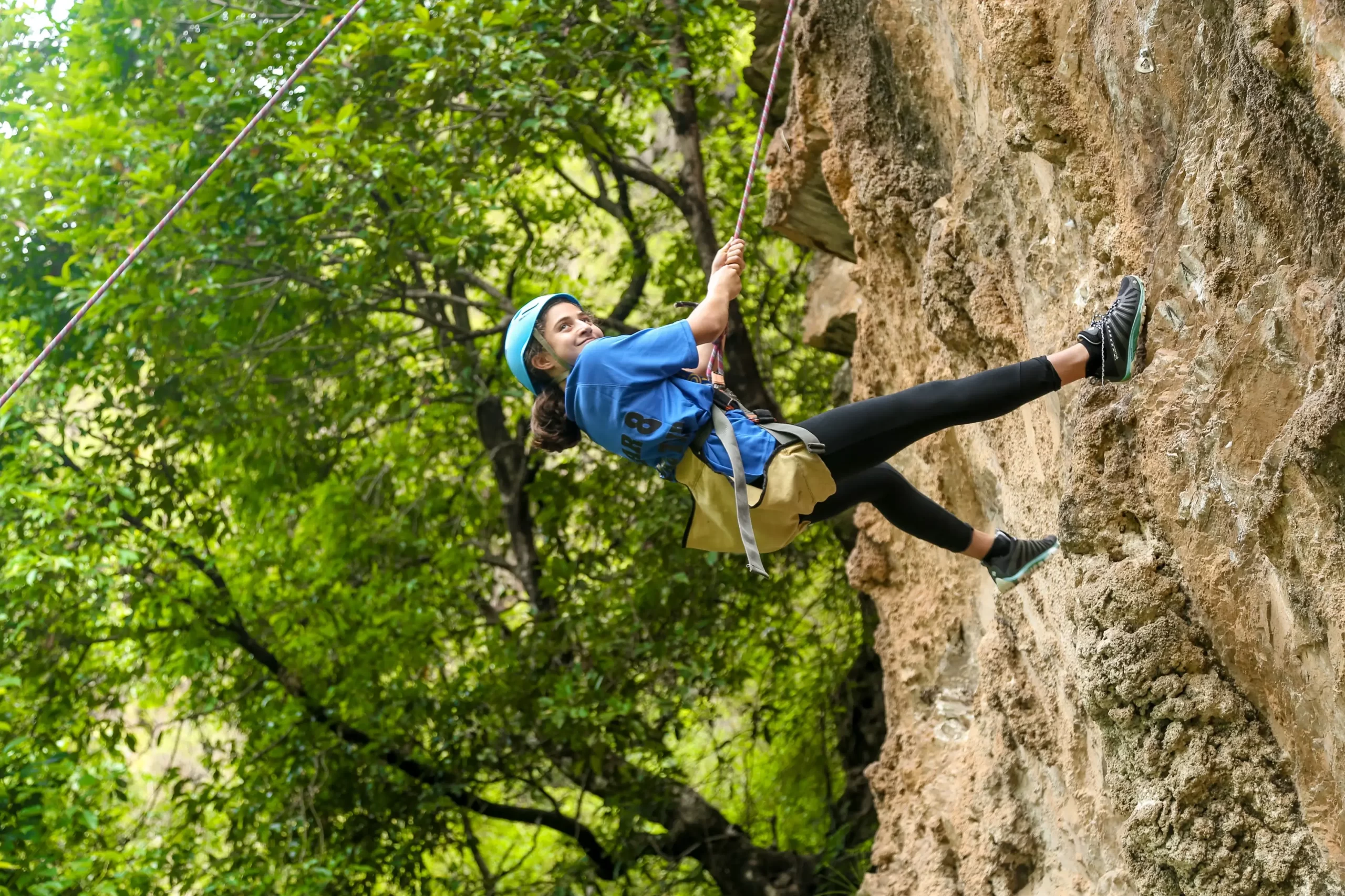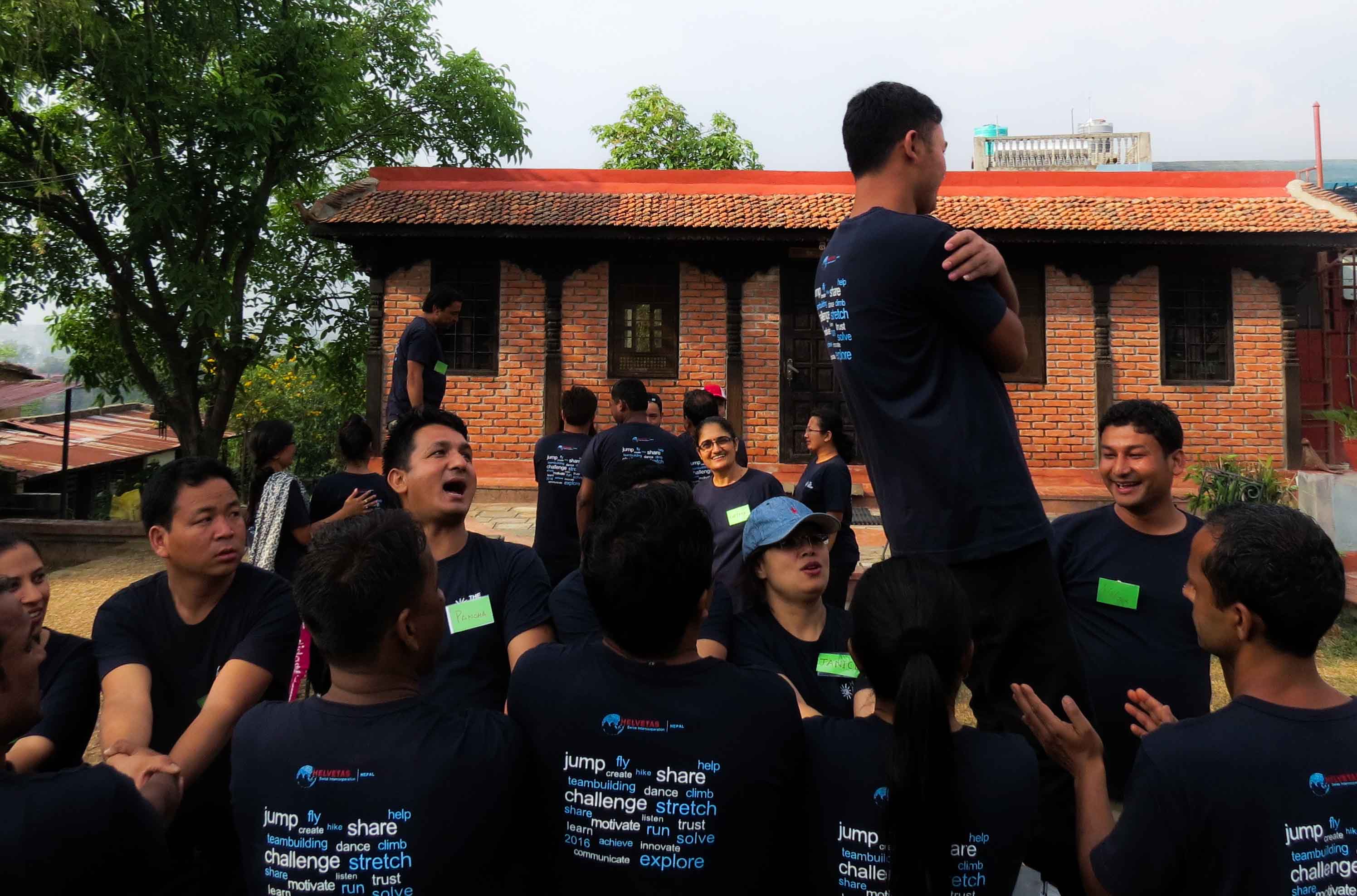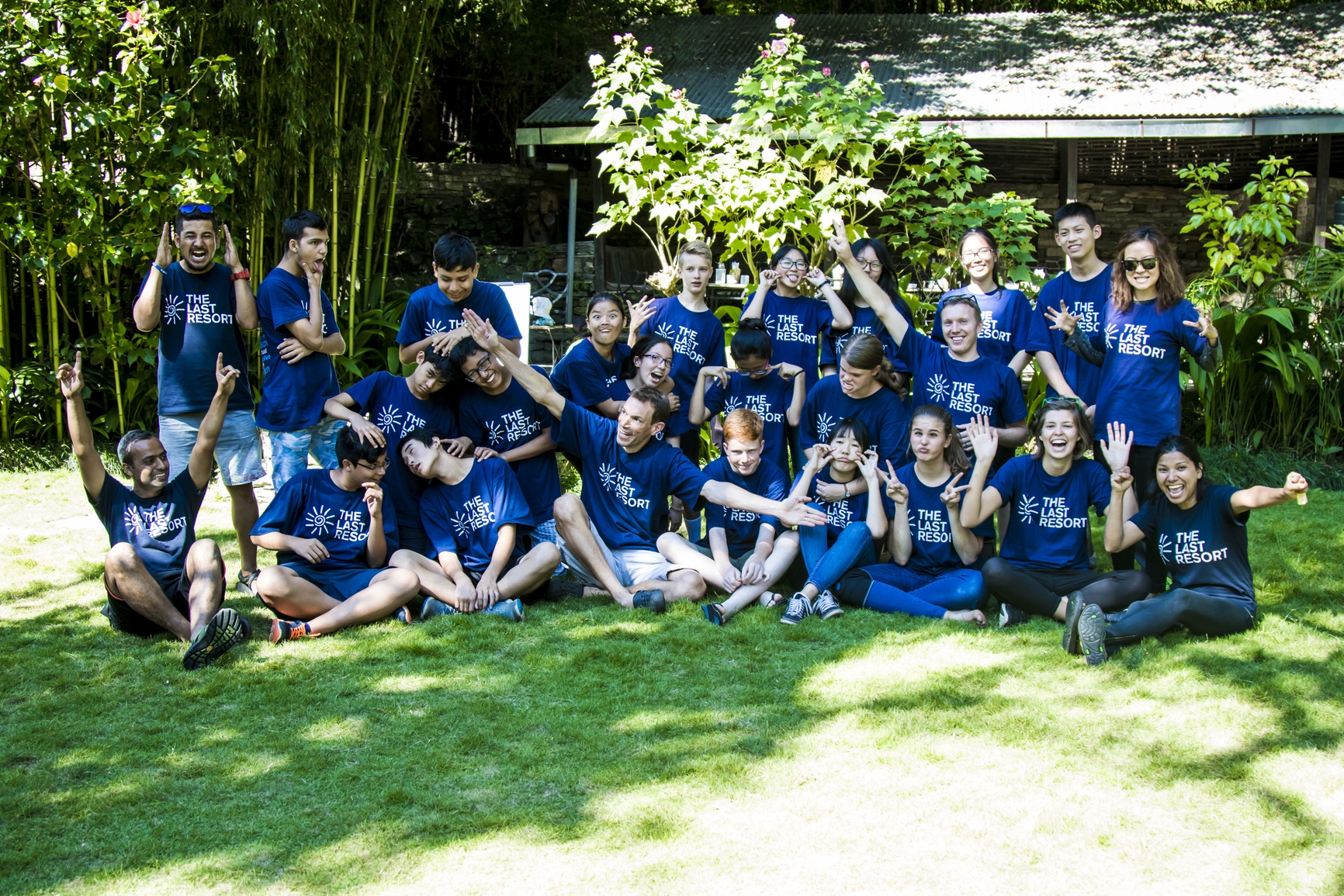This was my very first trip as an assistant for an international school expedition. At first, I noticed that the students were pretty reserved. There was a noticeable divide, with each group sticking to their comfort zones. But as the activities progressed, working toward shared goals helped close that gap quite a bit.
Day 1:
We started the program with an activity called “Wave,” where students had to pass through a moving rope without touching it; first individually, and then in groups. They managed the individual part well, and eventually did it in groups, too. They were then challenged to cross the rope together at once, and I was really hoping they’d complete the challenge, but despite giving their best and strategizing, they couldn’t cross all at once. We moved on to other challenges, however, it was great to see them giving it their all.
Next was a game of charades. This was a perfect way to shake off the remaining nerves and boost the energy levels. It was fun and competitive, with students divided into teams.
Then came an activity where each group had to send someone who was the best at the task being asked. Some students were still shy and mostly observing, but as time went on, everyone began participating and enjoying themselves.
We wrapped up the day with a reflection session, where the students thought about what might be holding them back and how they could overcome it. I believe this helped them become more self-aware and focused on their personal growth.
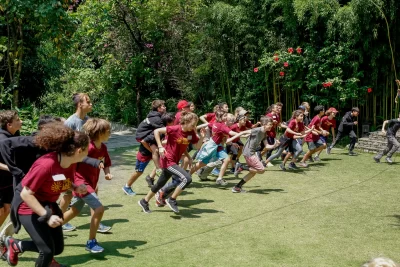
Day 2:
The second day was about interacting with local students. In the morning, the students learned some Nepali words and a dance choreography to a local song, and they picked it up cheerfully. They were then split into groups and sent to different classrooms.
When I joined one of the classes, I saw that the local students were initially very shy. But after introductions, they started sharing games, which helped them connect. After playing a few indoor games, we took them outside to play football, which was super fun to watch.
Later, all the students gathered for performances. The local students showcased a dance and a song they had prepared, and the international students performed the dance they’d learned earlier. Everyone had a blast.
Then came momo-making. It was the first time for all of us, local, international students, and me. We all tried our best to roll the dough, fill it with keema, and wrap it up. Watching everyone give it their best, I joined in with equal gusto, though I’ll admit, I prefer eating momos more than making them!
To end the day, we had a friendly football match between the local and international students. I noticed that even though they come from different backgrounds and play in different environments, their love for the game and their competitiveness were the same.
We ended the day with another reflection session. The students shared their thoughts on the differences and similarities between their school lives, and it was really amusing and insightful to hear everyone’s perspective.
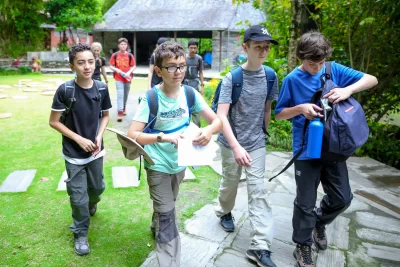
Day 3:
On the third day, the international students got the chance to teach what they know to the local students. Some taught chess, others did origami, crafts, exercise, table tennis, football, cultural dances, and art. I walked around observing and really enjoyed seeing how enthusiastic everyone was.
Since the football match from the previous day ended in a draw, the boys wanted a rematch. It turned out to be an exciting and intense game that had us all on edge!
Next up was a treasure hunt. We kept the clues easy to find and fun to follow. My job was to stay at one station and hand over clues when a student hit a chair with a ball from a certain distance. Even though I didn’t move around much, I could see the kids running, solving clues, and completing challenges. It was energetic and lively.
As always, the day ended with a reflection, this time around a campfire. Students were invited to share something they’d learned. Some shared openly; others just whispered, but it was a lovely way to close the day.
Day 4:
Day four was packed with adventure activities, canyoning, rock climbing, and abseiling. I was with the rock climbing and abseiling group and stayed around the activity area. Mainly making sure the students are in the right place.
During rock climbing, many students thought it looked easy, until it was their turn! Some were scared at first, but they all overcame their fears and completed the task.
In abseiling, every single one of them conquered their fear and went for it. It was inspiring to witness. And yep, I also learned how to put on and take off a harness, haha.
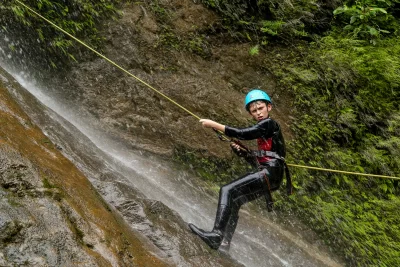
Day 5:
We started the day with rafting. It was raining and cold, and some students were hesitant to go. But in the end, everyone decided to do it, even me, for the first time! It was a thrilling experience. Everyone was laughing, splashing water, and just having a great time. I was really happy. Both enjoying it myself and watching others have fun.
After rafting, we headed to Bhaktapur Durbar Square. Everyone was enjoying the monuments and buying souvenirs. I was assigned to a group, and we strolled through the streets, visiting shops and soaking up the atmosphere. We had told the students to bargain if they weren’t happy with the price, and it was hilarious to see foreigners bargaining like pros.
Day 6:
On the final morning, we visited Boudhanath Stupa. Everyone was buying last-minute souvenirs, chatting with locals, and making the most of their remaining time in Nepal. I enjoyed watching them savor their last moments here.
After that, we headed to the airport and bid them farewell.
This being my first time, I was really nervous at the beginning. But as the days went on, the nervousness faded. I had so much fun looking after the students, helping them when they had trouble communicating with locals, and translating where needed. I felt proud to bridge that gap and help both sides understand each other.
I learned a lot from the experience. It was a truly wonderful and entertaining week.

